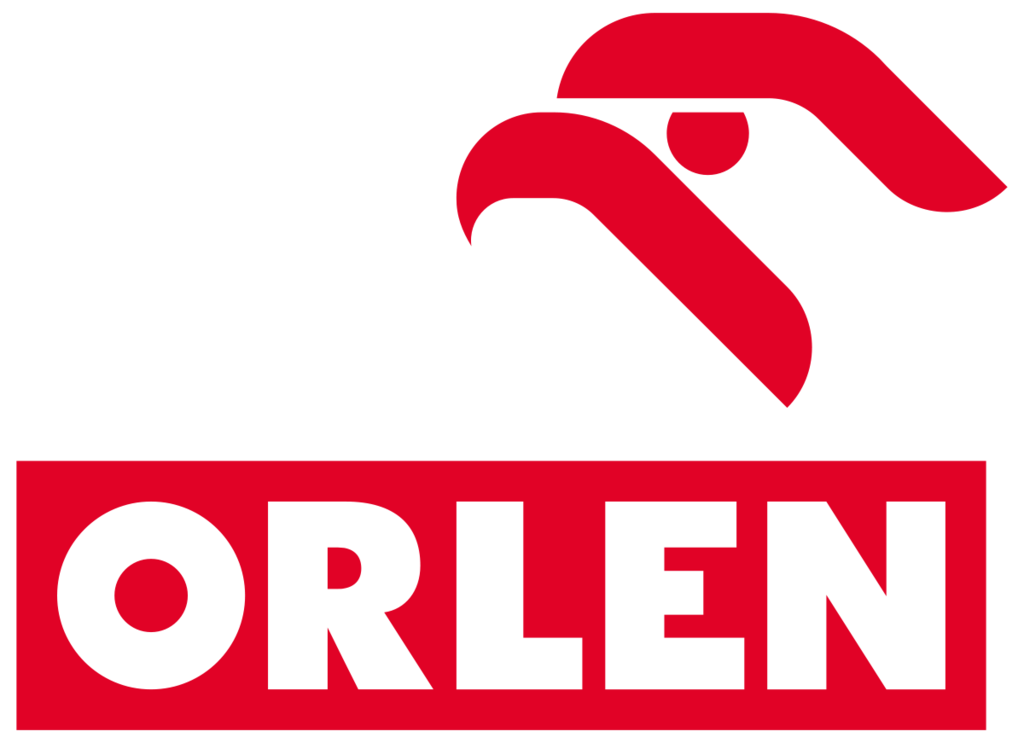

Chcesz otrzymywać alerty o podonych wiadomościach na email?
Bądź na bieżąco i nie przegap ważnych wiadomości z giełdy
Otrzymuj podsumowania AI każdego raportu giełdowego (ESPI) prosto na swoją skrzynkę.
Co zyskujesz?
✓ Natychmiastowe powiadomienia o nowych raportach
✓ Podsumowania AI w prostym języku
✓ Analiza sentymentu każdej wiadomości
Testuj za darmo • Rejestracja w 30 sekund